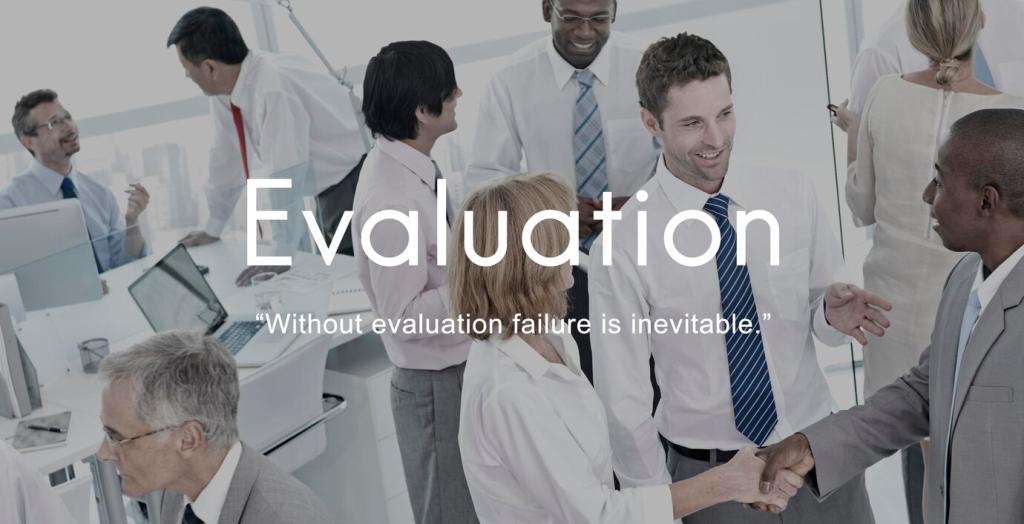Selecting and Preparing Coaches
Screen for experience with leadership transitions, psychological safety, systems thinking, and cultural humility. Ask for examples of measurable impact, not generic testimonials. Observe a live coaching demo to assess presence, listening, ethics, and the ability to challenge with empathy.
Selecting and Preparing Coaches
Internal coaches know context and relationships. External coaches bring neutrality and fresh perspective. Use a blended bench for flexibility, matching coach strengths to leader needs while minimizing conflicts of interest and ensuring consistent program standards across cohorts.





